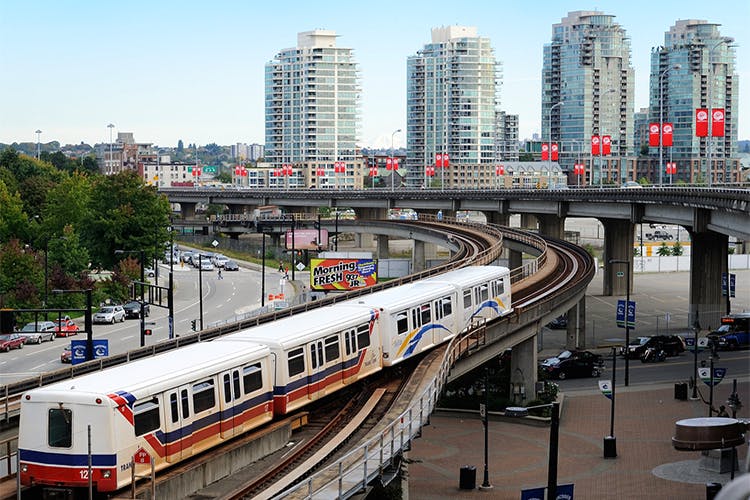We found this super-researched article in The Hindustan Times that fully details how, in a bid to incorporate more passengers, and to offer international-standard amenities to passengers, the Delhi Metro is soon going to get driverless metros. Of course our interest was piqued, so here’s the lowdown.
Soon, One Metro Every 90 Seconds
Safety First
The trains have been bought from a Korean firm, and are in the process of being assembled here. The first trial run has been conducted—Mukundpur Depot to the Majlis Park—on the pink line, which is slated to be operational from December.
Full operations will only commence in 2017; initially, the trains will be manned but will gradually make the shift to driverless operations will be possible—the driver’s cabin will be removed, creating additional space for about 60 passengers. {Currently, a six-coach metro can hold up to 1,780 people}.
Worried about safety? {We know we are}. Well, the trains will be controlled from a control room, and there will be communication between the main operation control centre and train at all times. The CCTVs inside the metro will also be live-streaming. There are also two front-facing cameras to keep an eye on the tracks {and prevent suicides}, and an obstruction deflection device to remove small objects on the train tracks, and avoid derailment.
Feature Rich
As of right now, metros have to run at a gap of at least two minutes. With the driverless metros, this could enable one metro to reach you every 90 seconds!
It’s also going to be 10 per cent faster, have Wi-Fi and 37-inch LCD screens {with videos, graphics, animation, real-time screening}, improved air circulation, and more charging points, plus USB ports.
Sounds pretty cool to us. Would you sit on a driverless metro?
Read the detailed report in The Hindustan Times here.
#LBBTip
The featured image is of a driverless metro in Vancouver; the article will be updated to show Delhi’s driverless metros, soon.

